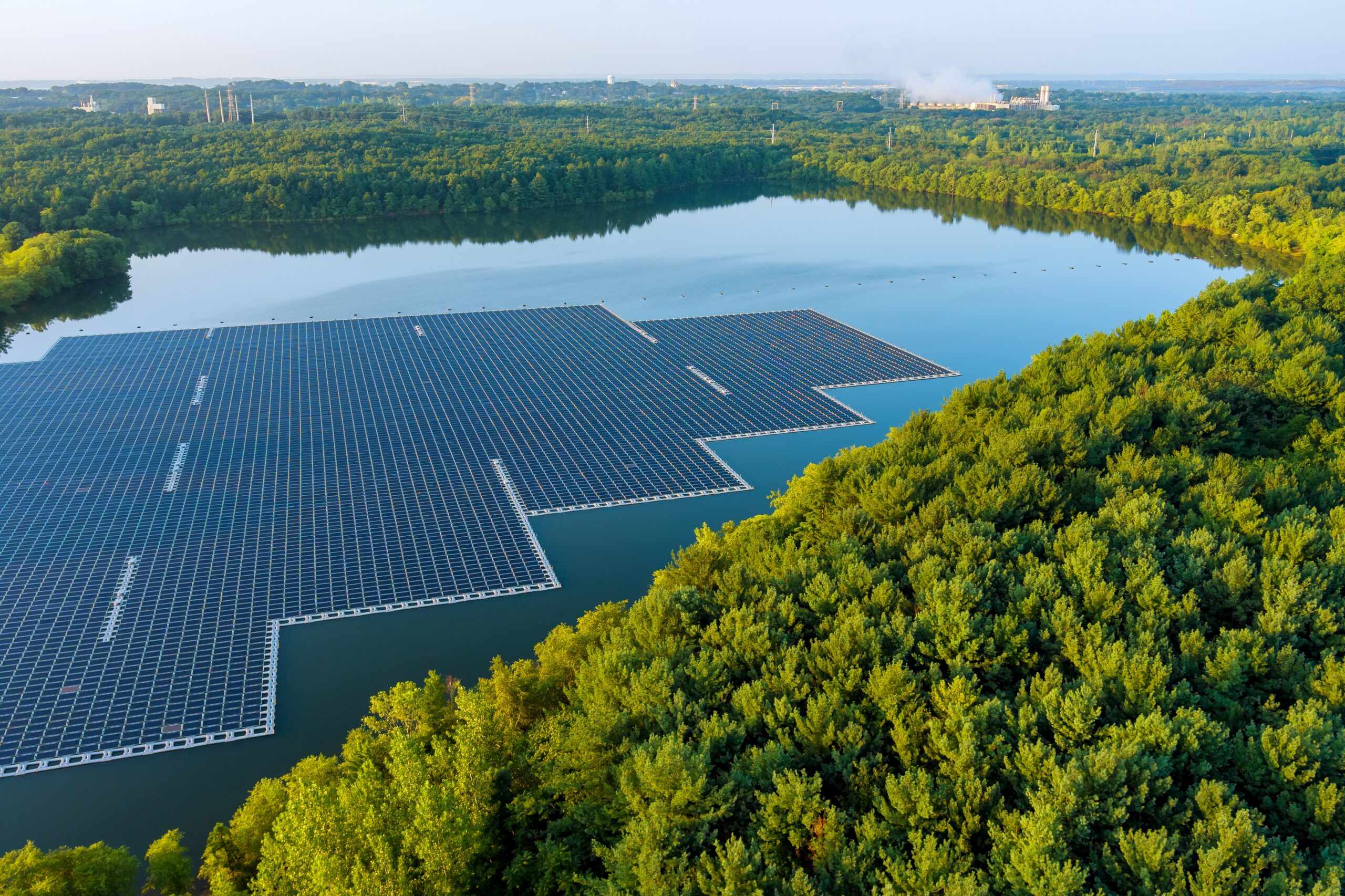In recent years, floating solar panel systems have been making waves in the renewable energy sector. Initially popularized in Asia, these innovative systems are now gaining traction in the United States due to their numerous benefits, such as clean power generation, water conservation, and a smaller land footprint compared to traditional solar panels.
A Sustainable Solution for Cities
Floating solar panels present a promising solution for thousands of cities worldwide, as they have the potential to generate all the electricity needed while conserving significant amounts of water.
In fact, counties in Florida, Nevada, and California could potentially generate more power than they consume, opening up new avenues for sustainable energy production.
Water Conservation and Increased Efficiency
One of the key advantages of floating solar panels is their ability to conserve water. By acting as a lid, these panels reduce evaporation and keep the underlying water cool.
This not only benefits water reservoirs, but it also leads to increased electricity generation due to the panels’ improved efficiency and reduced thermal stress.
Overcoming Land Limitations and Decreasing Costs
The expansion of floating solar systems in Asia and other regions can be attributed to limited land availability and decreasing solar prices.
The United States is expected to witness significant growth in this sector as well, thanks to policy incentives encouraging the adoption of renewable energy sources.
Challenges and Opportunities
While floating solar panels offer an array of benefits, they also present some challenges. One major concern is the potential impact on aquatic life. Careful research and planning are necessary to minimize any adverse effects on the surrounding ecosystem.
Additionally, the presence of electromagnetic fields from the panels raises questions about their impact on nearby flora and fauna.
Impressive Projects and Future Prospects
The rise of floating solar panels can be seen through the presence of notable projects across the globe. In California, the United States’ largest floating solar farm is already operational, showcasing the potential of this technology.
Meanwhile, China leads the way with the world’s largest floating solar farm located in Shandong province.
Leading the Transition
In the United States, companies and municipalities are taking strides towards adopting floating solar systems. Duke Energy, a prominent U.S. utility company, has initiated a small floating solar pilot project as part of its commitment to achieving net-zero carbon emissions.
Furthermore, Cohoes, a city in New York, is preparing to install the country’s first municipally-owned floating solar project, setting a precedent for others to follow.
Addressing the Cost Barrier
Although the initial installation costs for floating solar panels are estimated to be 10-15% higher than land-based solar systems, the long-term benefits can outweigh this initial investment.
Over time, the savings in land costs, increased electricity generation, and water conservation can make floating solar a financially viable and environmentally friendly option.
A Bright Future for Floating Solar
With its combination of clean energy generation, water conservation, and a smaller land footprint, floating solar panels are paving the way for a more sustainable future.
As policy incentives and technological advancements continue to drive the adoption of this innovative technology, the United States is poised to witness substantial growth in floating solar, furthering the nation’s transition to renewable energy sources.







